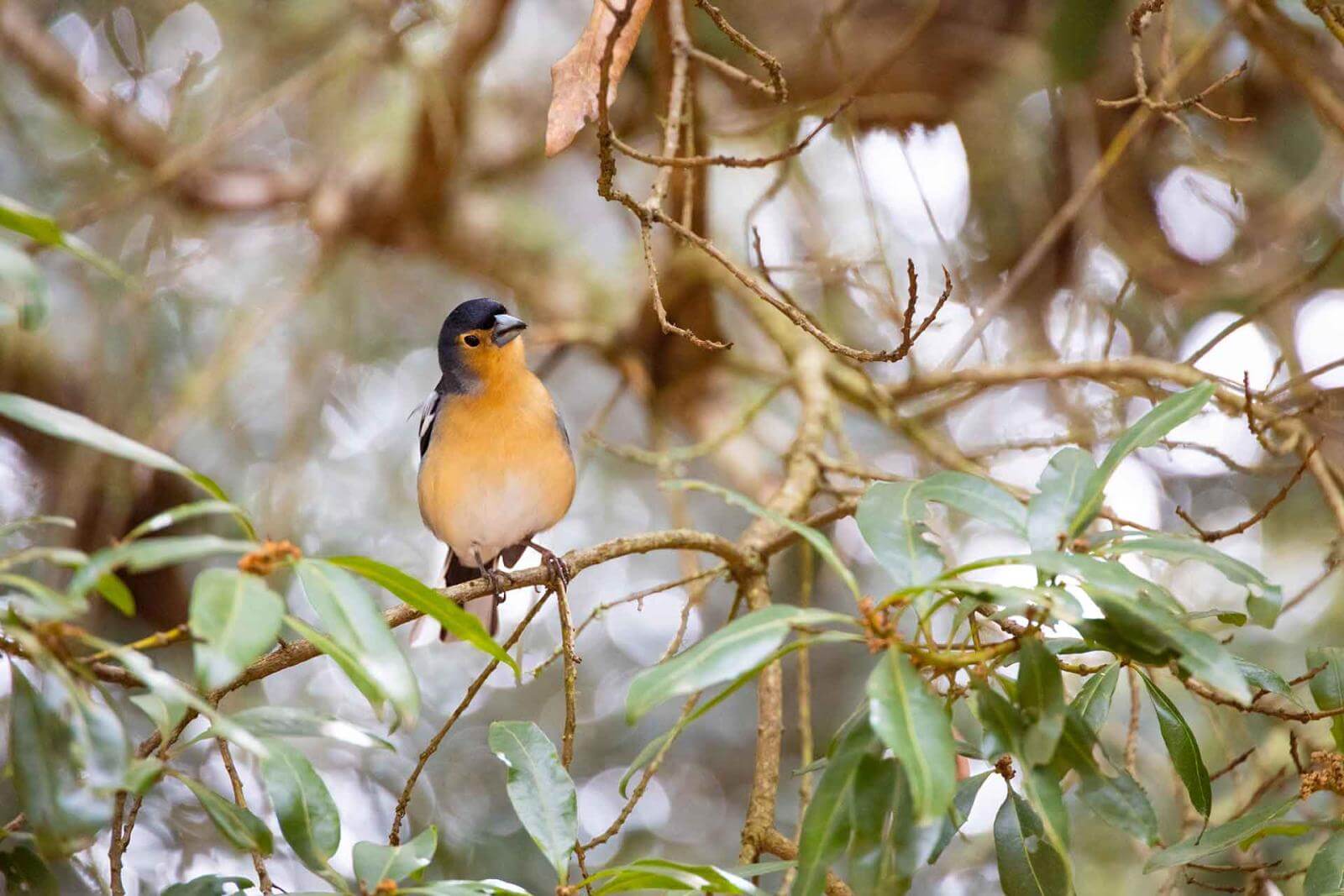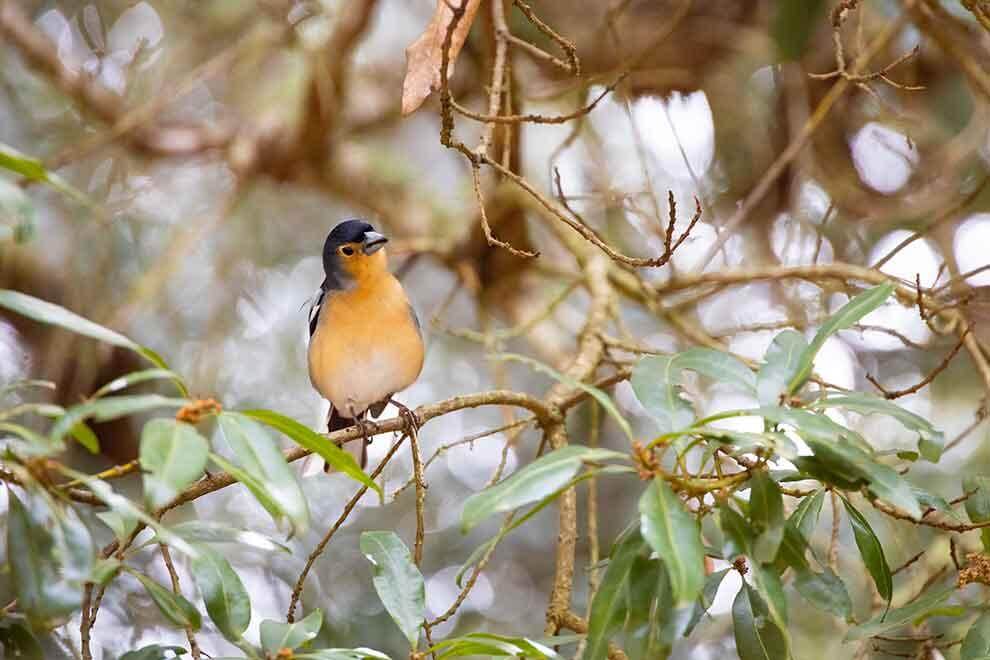A world that fascinates from the very first moment, birdwatching connects us to nature from a privileged point of view. The ravines, the vegetation, the viewpoints, everything converges to form part of this experience.
This is an activity that can be undertaken by people of all ages, as no special physical effort is required other than a leisurely walk and patience. It is an unpredictable resource, which promises plenty of surprises.
The variety and good degree of conservation of the ecosystems present on La Gomera allows for a large presence and variety of birds, both those that live here all year and others which use the island as a stopover or resting place on their migratory journeys. Some of them, like the sea birds, force us onto the high seas. One excellent opportunity to see them is on the whale and dolphin-watching boat trips or the trip to Los Órganos. Ospreys can be seen nesting on the steep cliffs. It is also very common to see many species of sea birds on the voyage between Tenerife and La Gomera.
The islands are home to a variety of protected species which ensure a high level of respect for the environment, as most of the protected areas are generally speaking places where the best bird populations are found. Within these spaces are the zones known as SPAs, or Special Protection Areas: SPAs are protected areas that ensure the conservation of vulnerable and endangered birds.
The following Special Protection Areas are found on La Gomera specifically:
- The coast of Majona, El Águila and Avalo
- The cliffs of Alajeró, La Dama and Valle Gran Rey
- Los Órganos
- The ravine of El Cedro y Liria
- Garajonay National Park
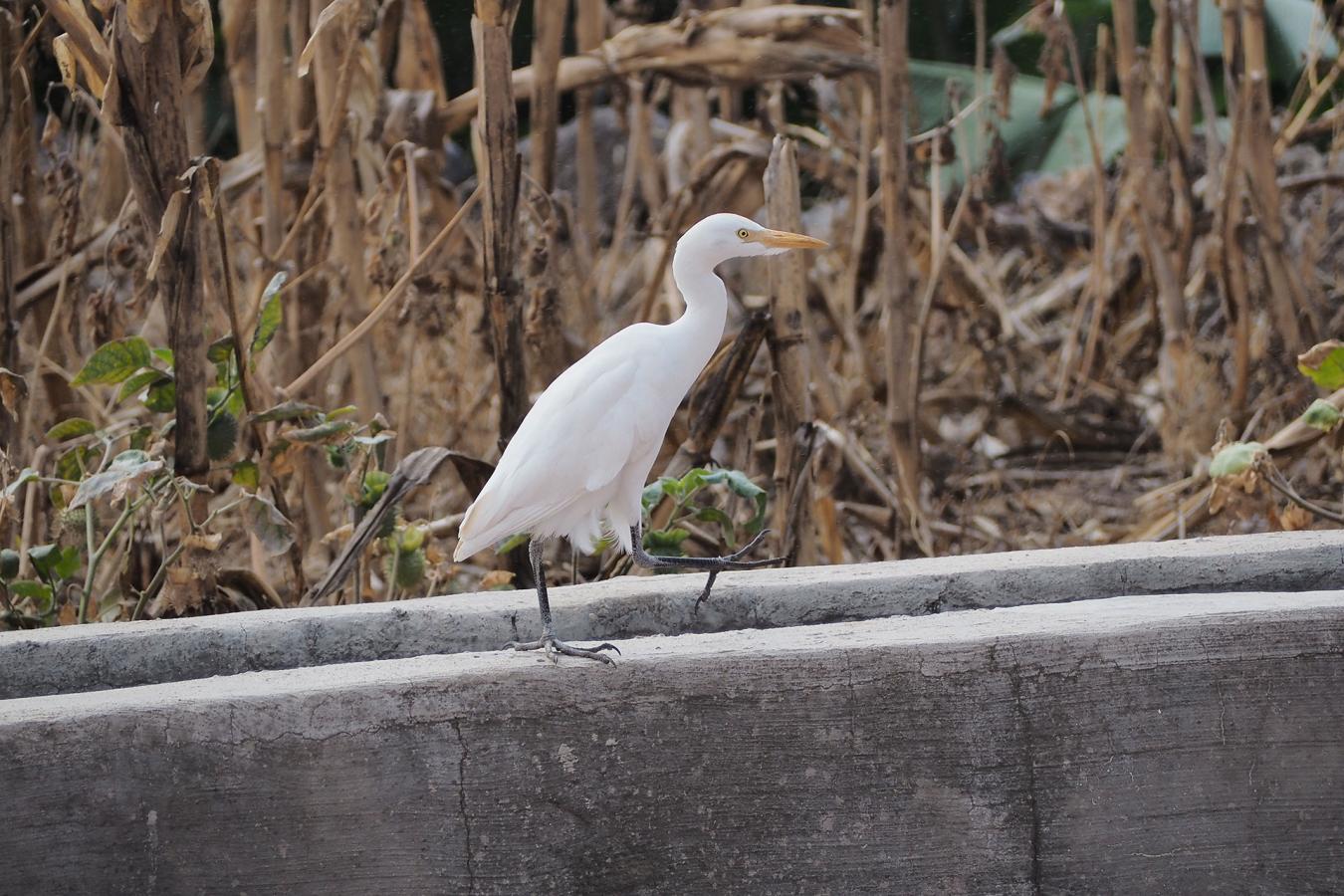
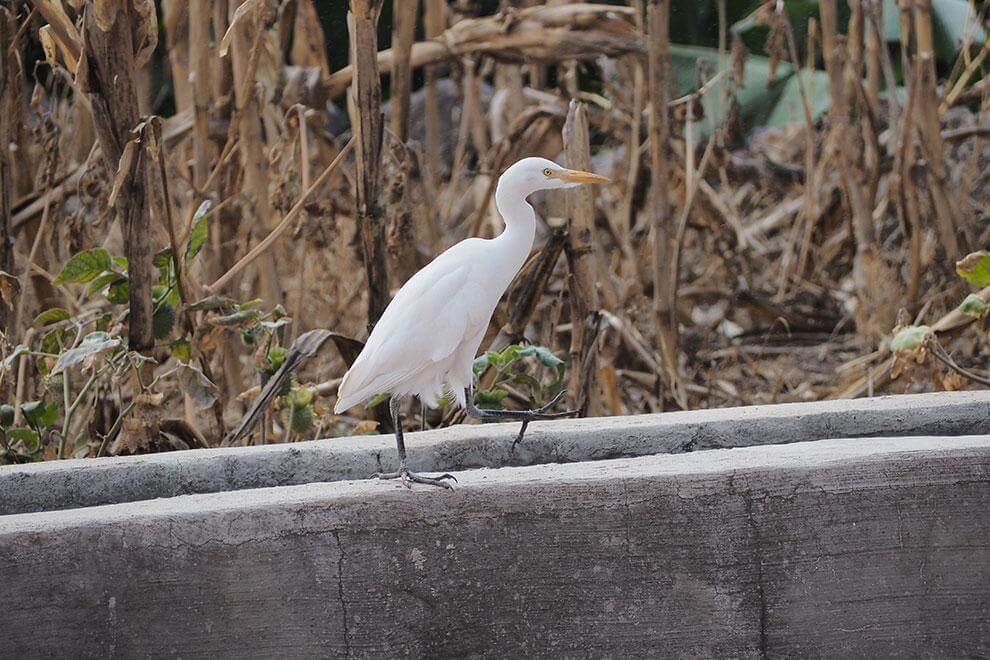
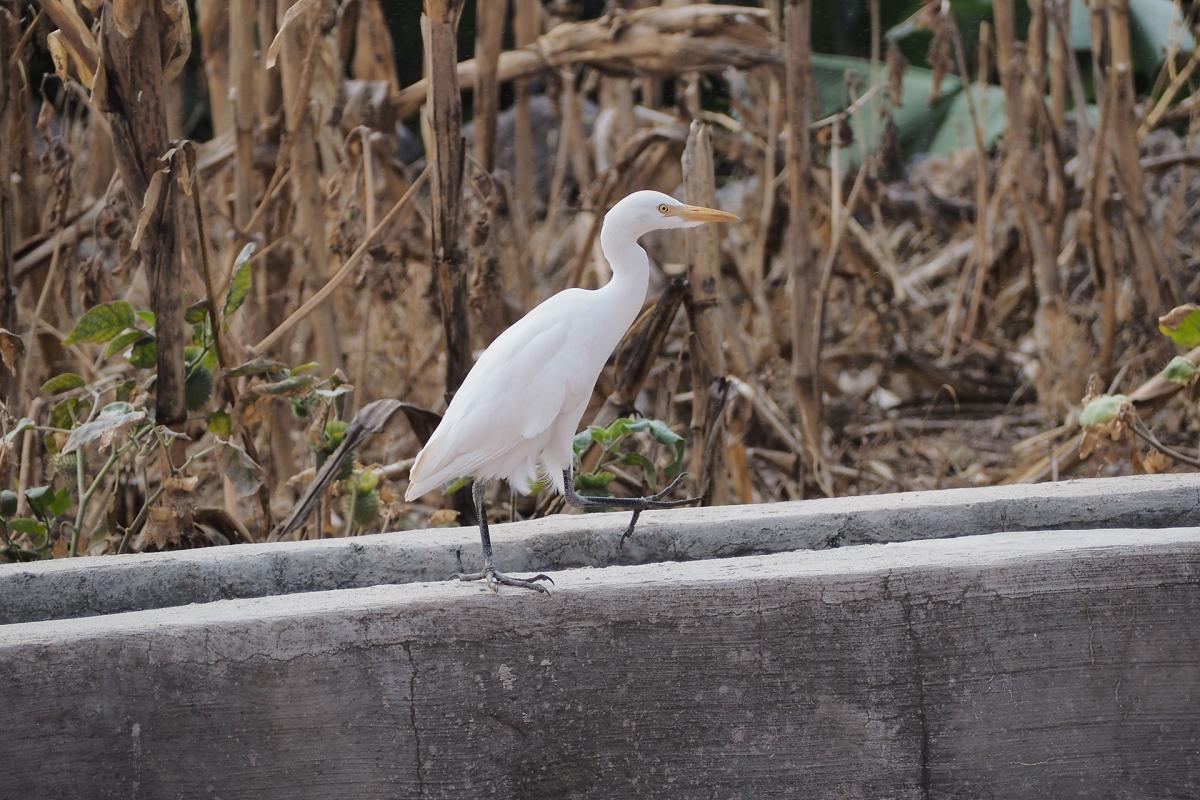
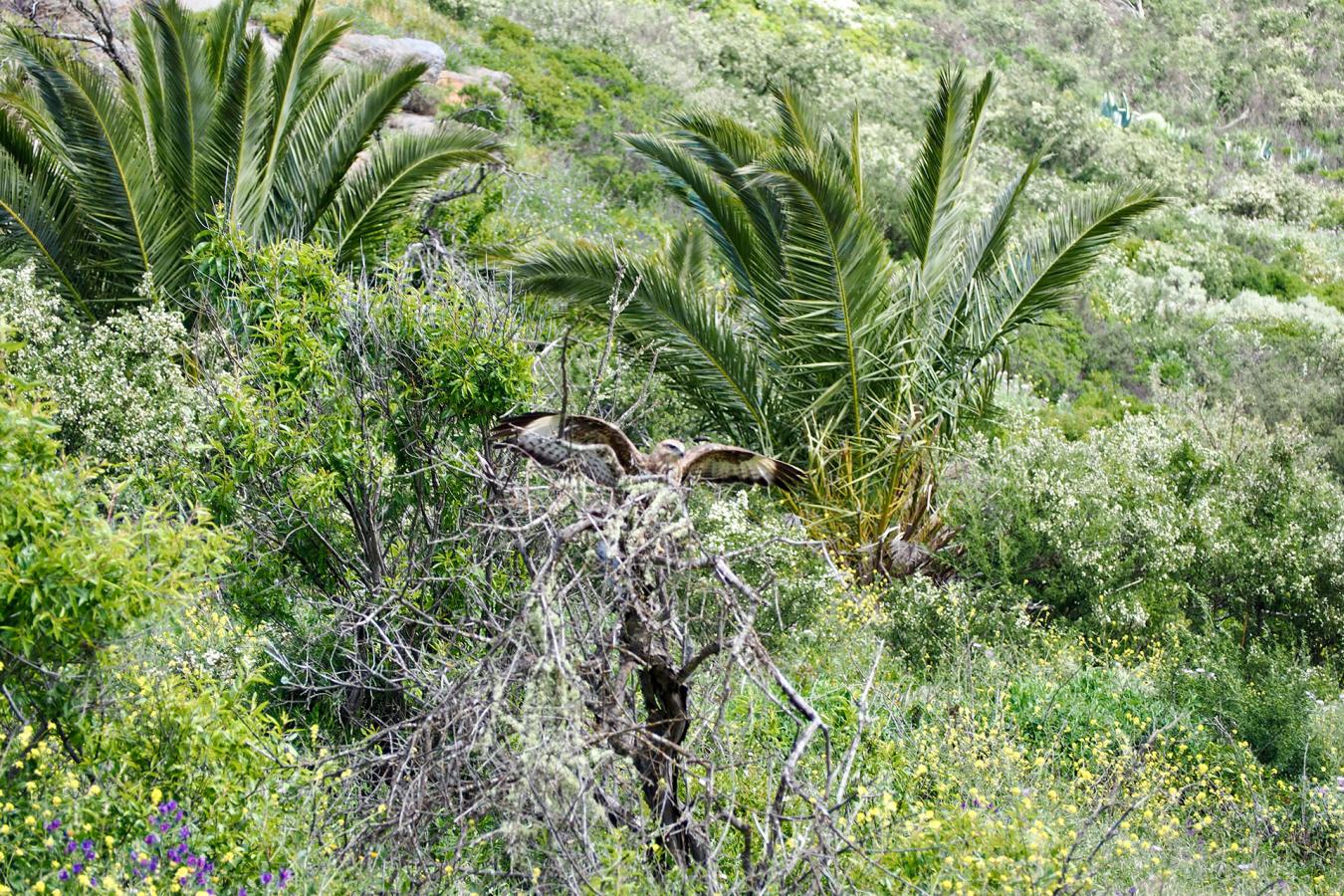
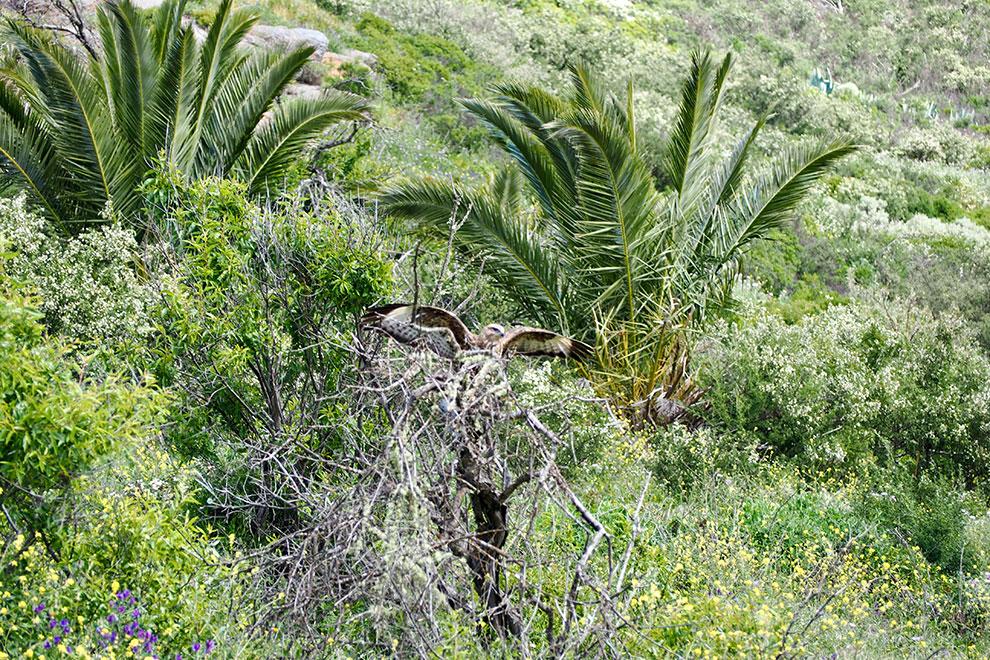
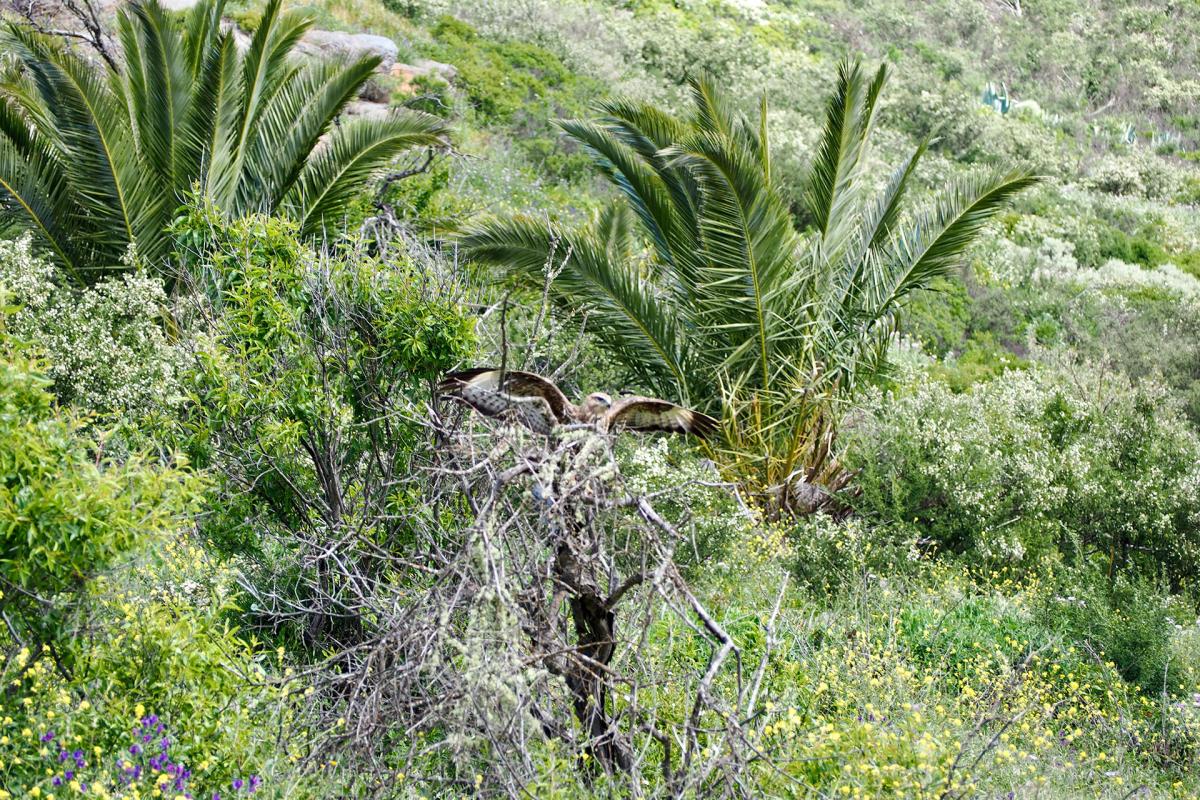
Preparing to go birdwatching
One basic principle of birdwatching is that the tranquillity of the birds is more important than any interest we may have in approaching them.
To locate the best observation point for the unique species in the Garajonay National Park, we recommend you consult the informative guides at the Visitor Centre of Juego de Bolas or the information point in La Laguna Grande.
The best idea for those starting out in this activity is to carry a bird guide, which will help you recognise them easily. Some binoculars and a camera should also be taken, to record the observation.
Two unique species:
There are two species endemic to the islands that can be seen on La Gomera: the laurel pigeon and the Bolle’s pigeon.
Laurel pigeon: this bird inhabits precipitous monteverde forest areas and also small bastions of thermophilous forest (the zone between the coast and the monteverde forest), and even some areas of pine forest and lower crop zones, and occasionally lower areas near the coast. It usually breeds between March and September, generally laying eggs several times.
Bolle’s pigeon: another bird endemic to the Canary Islands which preferably occupies the well-developed monteverde forest regions. It breeds in trees between October and July, laying a single egg, but it can lay several times during the same season.



